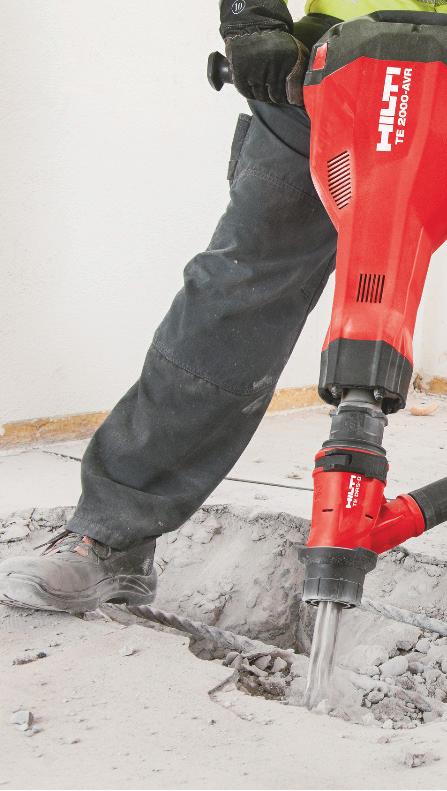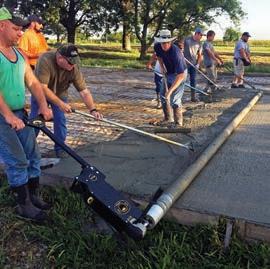FOUNDATIONS & WALLS
»
BY THOMAS SZOCINSKI, DIRECTOR OF VAPOR INTRUSION, LAND SCIENCE
Adobe Stock images | By kalpis
Reimagining the Next Evolution of VAPOR
INTRUSION
MITIGATION Part 1 of a 3 Part Series
S
ince the early 1970s, environmental professionals and health experts have called attention to contaminant vapor intrusion and have alerted the public to the serious health problems caused by poor indoor air quality. Beginning with radon, the understanding that chemicals could enter occupied spaces and cause adverse health effects has steadily expanded over the ensuing decades. It is now widely known that hydrocarbons and industrial solvents are commonly found on brownfield properties where former industrial sites once operated—many of which are now undergoing redevelopment within major metropolitan areas. Even in very low concentrations, these compounds can pose significant health issues, such as cancers and birth defects. In order to safeguard human health, it is necessary to prevent vapors from entering occupied spaces, but it was not
12 CONCRETE CONTRACTOR
JANUARY 2021
CONC0121_12-13_FoundationsReimagine.indd 12
until recently that a vapor barrier was created specifically for that purpose. Despite the increased knowledge related to the problem, effective mitigation solutions still lagged behind. Historically, vapor barrier solutions were adopted directly from the waterproofing industry. These barriers were typically comprised of plastic sheets (e.g. polyethylene, polypropylene, geotextiles, etc.) bonded together by a spray-applied asphalt latex mixture containing styrene butadiene rubber (SBR). Looking to create a better, safer and more long-term solution, scientists and engineers have been conducting intensive scientific research and development to create a first-of-its-kind suite of safe, cost-effective passive vapor barrier systems designed specifically for vapor intrusion. To do so, they examined two main components—the base layer and spray-applied seal—and reimagined them from the ground up.
METALLIZED FILMS To upgrade the base layer, vapor barrier scientists decided to incorporate aluminum, which is well known to be able to prevent the permeation of organic volatile compounds. By sandwiching it between layers of flexible polyethylene, they developed an easyto-install base layer with chemical resistance 100 times higher than the simple waterproofing sheets composed of high-density polyethylene (HDPE) used in the past. Turning to the spray-applied seal, scientists focused on finding a replacement for the generic latex-asphalt spray components previously adapted from the waterproofing industry. These sprays historically included synthetic rubber components such as SBR which was hydrophobic and thus very effective at repelling water, but also had an unfortunate tendency to sorb industrial solvent and hydrocarbon contamination,
www.ForConstructionPros.com/Concrete
1/11/21 11:46 AM








